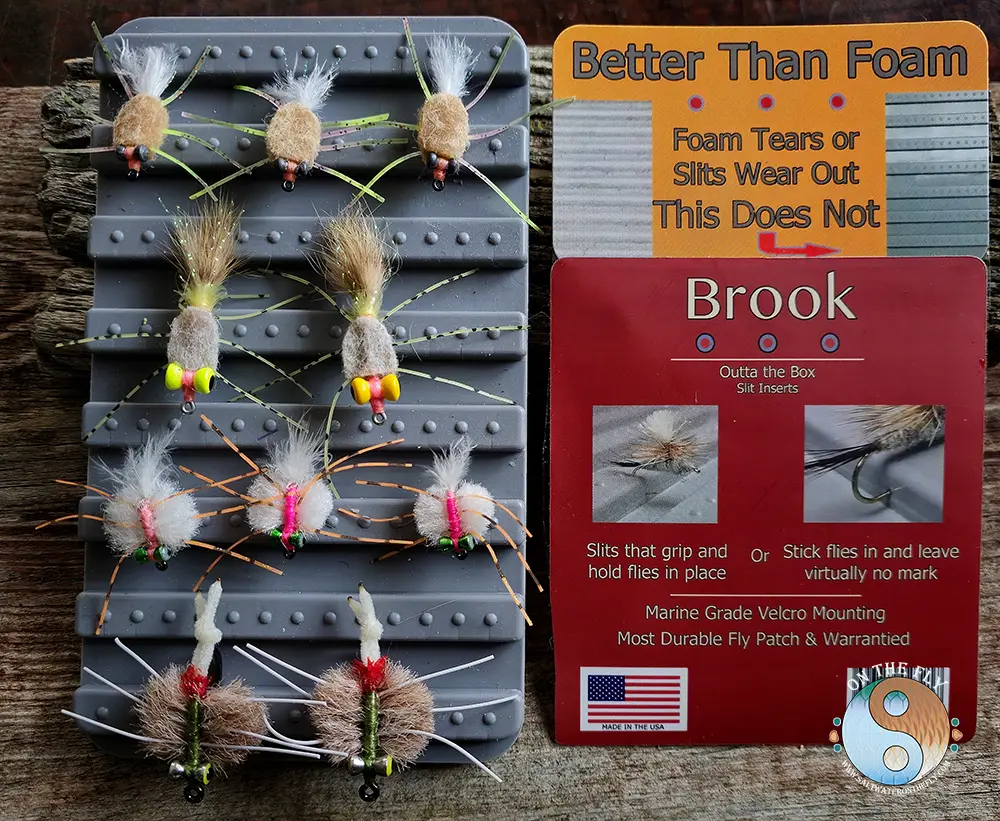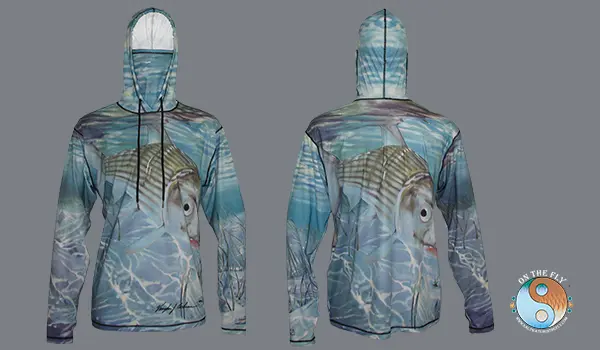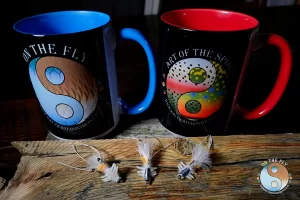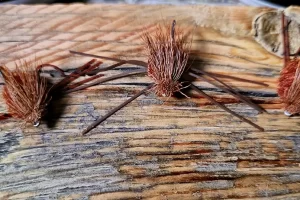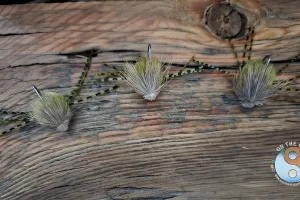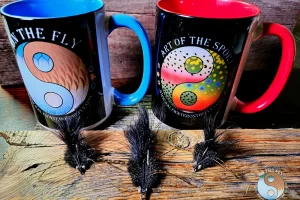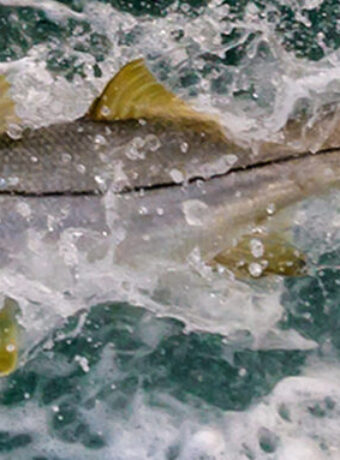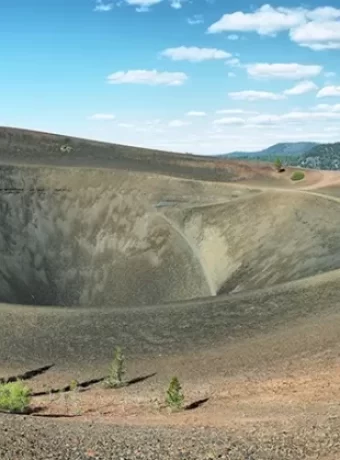DIY Fly Fishing Redfish and Stripers in South Carolina
South Carolina’s Lowcountry beckons fly fishing redfish and stripers enthusiasts with the promise of adventure. This is your comprehensive guide to DIY fly fishing for these species in South Carolina. We’ll cover everything from choosing the right gear to understanding tides, finding bait fish, and locating those elusive fish. Made Fly fishing redfish and stripers in South Carolina a must explore trip with rich history.
DIY fly fishing Redfish and Stripers in South Carolina offers a rewarding challenge. With this guide, you’ll be well-equipped with flies and correct fly rod the Palmetto State’s abundant inshore waters
Table of Contents
DIY Fly Fishing for Redfish and Stripers in South Carolina: When to Go
South Carolina offers Carolina year-round fishing opportunities. However, understanding seasonal patterns is helpful for a successful DIY trip. Spring (March-May) sees redfish active in shallow marshes and tidal creeks, with stripers beginning their migration inshore.
Summer (June-August) finds redfish schooling in larger numbers. Stripers become most active during cooler parts of the day.
Fall (September-November) continues to be productive for redfish in the shallows, with striper numbers peaking in coastal waters. Winter (December-February) can be slower, but you can still find both species.
Adjust your techniques to the clear water conditions and fish patterns for winter’s slower fishing. You can also find valuable winter-specific techniques online, such as winter fishing for Lowcountry redfish, which focus on South Carolina’s coast.
Where to Go for DIY Fly Fishing for Redfish and Stripers in South Carolina
The South Carolina coast offers diverse fishing grounds for your next fishing trip. Near Charleston, explore Cape Romain National Wildlife Refuge, Bull’s Island, and Folly Beach. These areas are known for their marsh grass and provide a great opportunity to find school reds.
Around Beaufort, target the Port Royal Sound, Beaufort River, and Hunting Island State Park. These spots are popular for those seeking Carolina redfish.
Near Myrtle Beach, fish Winyah Bay, the Georgetown River, and Murrells Inlet. These marsh areas offer good luck for catching redfish. For additional guidance, consult local charter, who specialize in shallow-water hot spots and will be helpful on your fishing trip.
Remember to secure the necessary South Carolina fishing permits for your fishing trip. It’s always a great choice to respect the local rules and regulations on fishing redfish, so your experience remains enjoyable.
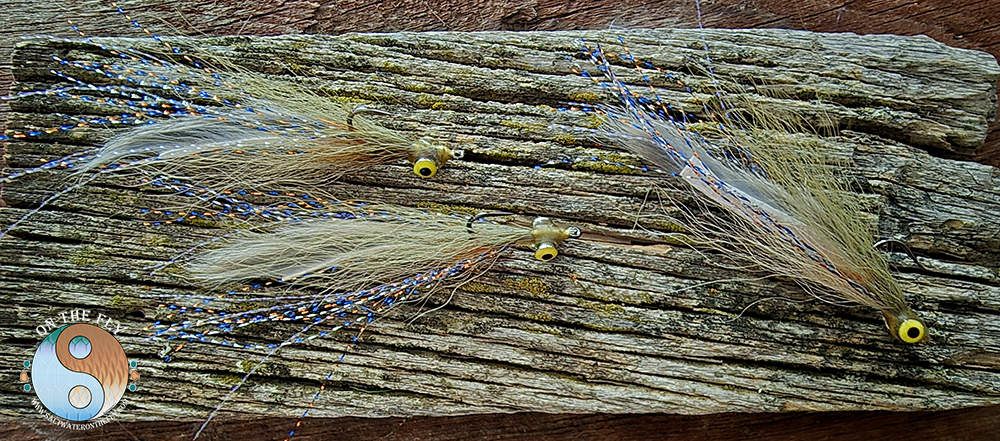
Clouser Minnows the Perfect Pattern for Stripers
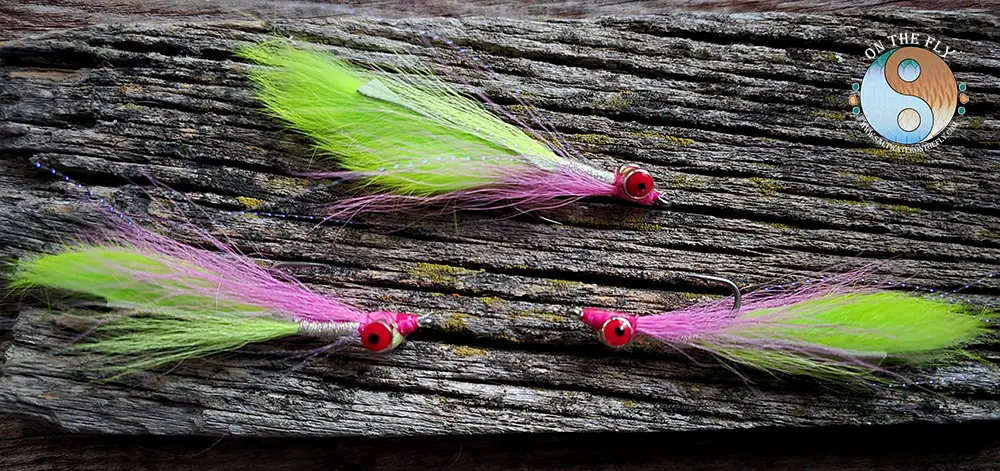
Electric Neon Clouser Minnow
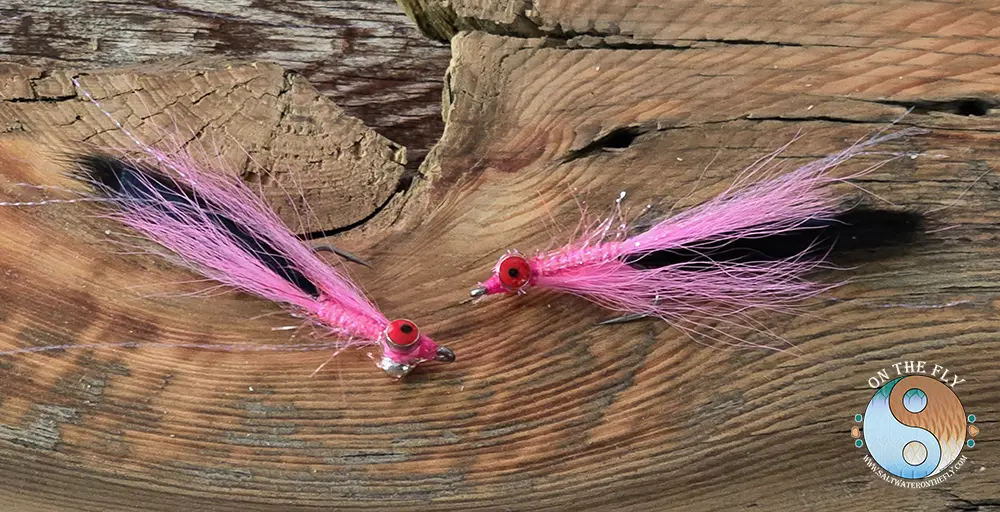
Hot Pink Black Bunny Clouser Minnow
Fly Fish Lake Murray for Stripers
Lake Murray in South Carolina is a striper hotspot. It’s a great place to fly fish. But you need a game plan. This guide will help you get started. We’ll talk about when to go, where to fish, and what flies to use.
Timing is everything with stripers. They like cooler water. So, spring and fall are the best times to fish Lake Murray. The stripers will be more active. The summer can be tough. The water gets hot. The stripers go deep. Winter can be good too, but you’ll have to work for them.
Finding the fish is half the battle. Look for stripers around points, humps, and drop-offs. They also like to hang out near creek channels and underwater structures. Use your fish finder to locate these areas. Then start casting.
Choosing the right flies is important. Stripers love baitfish. Clouser minnows are always a good choice. Chartreuse and white are good colors. You can also try deceivers and other baitfish patterns. Match the size of your fly to the baitfish the stripers are eating. This is often about two to three inches long.
Once you find some fish, cast your fly beyond them. Let it sink a bit. Then strip it back with short, quick pulls. Vary your retrieve. Sometimes a slow retrieve works better. If you see a striper chasing your fly, speed up the retrieve to trigger a strike.
Fly fishing for stripers on Lake Murray is fun. It can be challenging. But it’s rewarding when you hook into a big one. So, grab your fly rod and give it a try!
Clouser Minnows are one of the most effective bait fish patterns created to date. Top Olive Ghost, next down Electric Neon, and Hot Pink Black Clouser.
Fly Fish for Redfish and Striper in Hunting Island State Park
South Carolina’s Hunting Island State Park offers amazing fly fishing. It’s a great spot to hook redfish and stripers. This park has five miles of beaches. It also has saltwater lagoons and marshes. These make perfect habitats for these game fish. But where do you start? This guide will help you plan your DIY fly fishing trip. You’ll learn about what gear to bring. You’ll also learn the best spots to cast your line.
Spring is a great time to go. The redfish get active in the shallows. They love the warm water of the creeks and marshes. This is also when stripers migrate into coastal waters. Summer is good too. You’ll find redfish schooling in large groups. Stripers are more active in the early morning and late evening. Fall offers more redfish action in shallow water. You’ll also see more stripers along the coast. Winter can be slower. But you can still catch redfish in deeper water. Stripers are around, but not as many.
So, you’re ready to fish, but what gear do you need? For redfish, try Clouser Minnows. Chartreuse/white flies also work well. Small shrimp patterns are good too. For stripers, stick with Clouser Minnows. Bunker patterns and small baitfish patterns also work. An 8-10 weight rod and reel is ideal. Make sure you have a saltwater-specific line. Leaders and tippet should be 12-15 lb test.
Hunting Island has some sweet spots. Fripp Inlet is known for its redfish. The shallow flats around the inlet hold lots of them. Try sight fishing here. Look for redfish tails poking out of the water. You can also blind cast near oyster beds and creek mouths. The north end of the island has great areas for stripers. Cast near the rocks and points. The lagoon near the campground can also hold redfish. Try a slow retrieve to imitate small crabs. For stripers, use a faster retrieve to copy injured baitfish.
Remember your South Carolina saltwater fishing license. You’ll need one if you’re 16 or older. Also, check the current bag limits and size restrictions. The South Carolina Department of Natural Resources has this info. Be aware of your surroundings. Watch out for alligators and respect private property. Most importantly, have fun and enjoy the beautiful scenery!
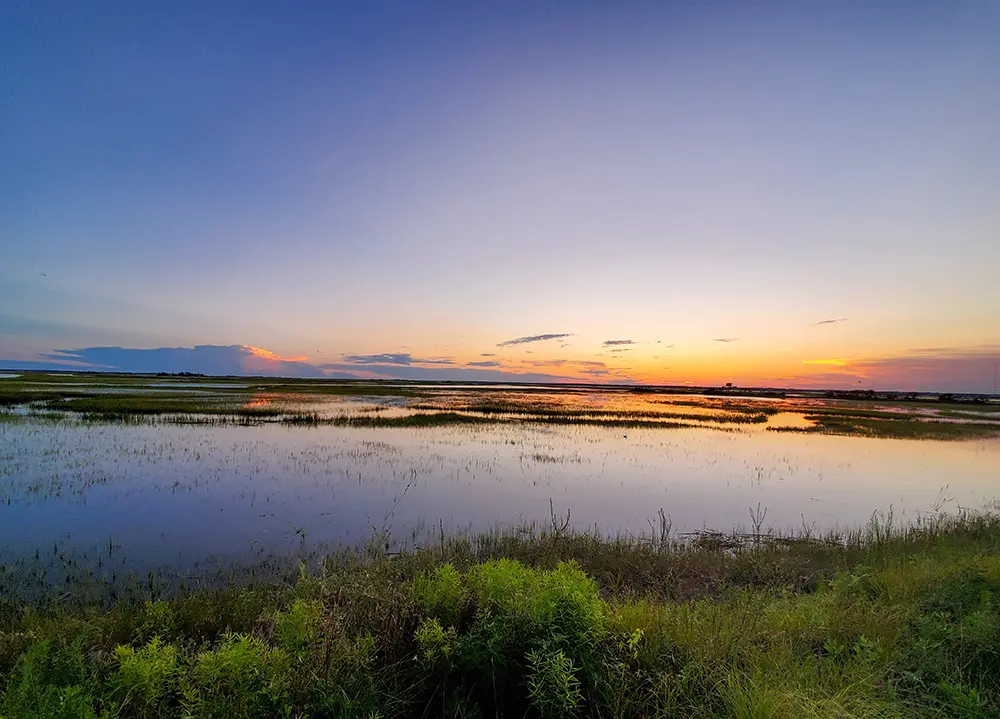
Hunting Island State Park
Another good Redfish Fly Pattern is the Crackenstein. Imitates crabs and small shrimp.
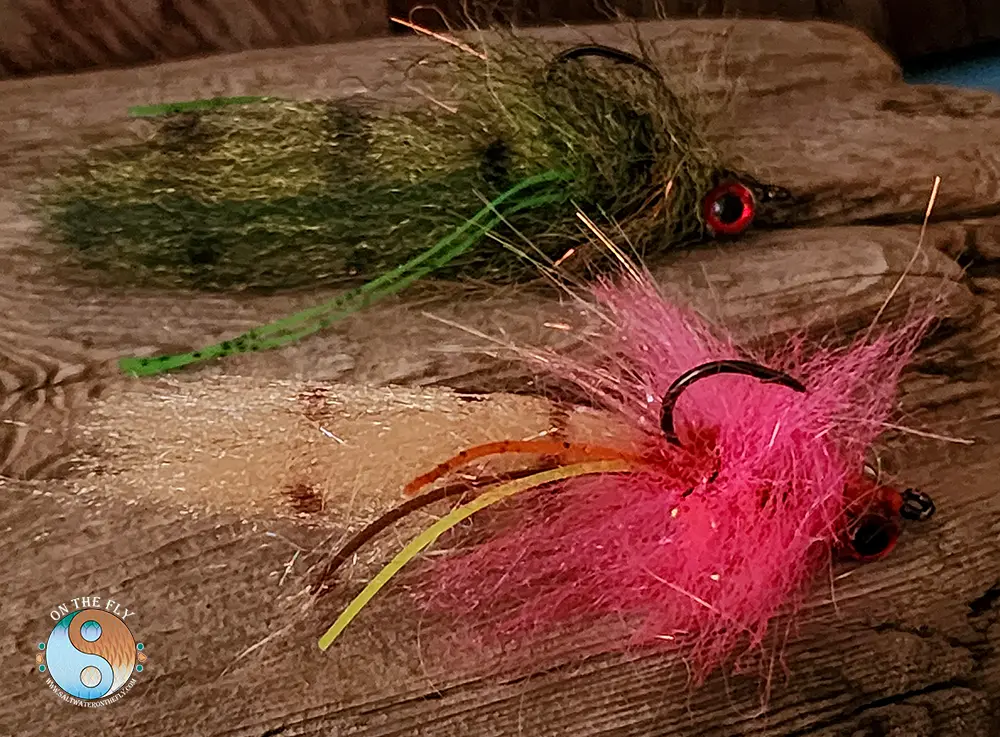
Olive & Tiny Dancer Crankenstein's Redfish Fly Pattern
Fly Fish Murrells Inlet for Redfish and Stripers
Murrells Inlet, South Carolina, is a fly fisherman’s dream. It’s a great spot to hook redfish and stripers. This quiet little town packs a big punch when it comes to fishing. The saltwater marshes are full of life. You’ll find creeks, oyster beds, and grassy flats. These are perfect spots for redfish to hide. The deeper channels of the inlet hold stripers looking for a meal.
Spring is a great time to fly fish Murrells Inlet. The redfish start moving into the shallows. They’re hungry after the winter. This makes them easier to catch. Stripers migrate through the inlet during this time. This gives you a shot at both species. Summer brings hot weather, but the fishing stays hot too. Redfish gather in big schools in the shallows. This is prime time for sight fishing. You can see their tails waving above the water. Stripers are around, but they’re more active early and late in the day.
Fall is another great time to fish Murrells Inlet. The weather cools down, and the redfish are still active. The stripers are also more plentiful as they move through the inlet. Winter can be a bit slower for fishing, but you can still find redfish in deeper waters. Stripers are less common, but you might get lucky.
What flies should you use? For redfish, try a Clouser Minnow, a Chartreuse/White fly, or a small shrimp pattern. These flies mimic the small crabs and shrimp that redfish love. Stripers like Clouser Minnows too. They also go for bunker patterns and other baitfish imitations. Remember, stripers are bigger fish. So, you’ll need a heavier fly rod and stronger tippet. An 8 to 10 weight rod should do the trick.
When you’re fly fishing Murrells Inlet, look for signs of fish. Redfish tails will give away their position in the shallows. You might see stripers rolling on the surface. If you don’t see any fish, try blind casting. Focus on areas where fish like to hang out. Oyster bars, creek mouths, and grassy flats are good places to start. A slow retrieve works well for redfish. They like to hunt for their food. For stripers, use a fast, aggressive retrieve. This makes your fly look like an injured baitfish.
Essential Gear and Flies
Choosing the right setup is crucial. An 8-10 wt fly rod and saltwater reel are recommended for this type of fly fishing. You’ll also need a 12-15 lb test leader and tippet. An ideal time to target redfish is when the tide rises and covers the grass flats. Having the right wt fly and double haul casting skills will be key to reaching those fish.
Fly Selection
| Species | Fly Patterns |
|---|---|
| Redfish | Clouser minnows, chartreuse/white flies, small shrimp patterns, Charleston Chew, Crazy Charlie. |
| Stripers | Clouser minnows, bunker patterns, small baitfish patterns (finger mullet imitate well), Deceivers. |
Matching your fly pattern to local bait fish patterns and what redfish and stripers are feeding on is essential for success. Research online resources for effective fly patterns, like the Razmataz, to see examples of fish patterns.
Remember to target redfish with your selected fish patterns in the small creeks and inlets of South Carolina’s beautiful marsh areas. You’ll greatly enhance your chances of landing a beautiful Carolina redfish by observing the tides tides and casting to the most opportune spots, like oyster bars. Good luck with targeting redfish on the fly.
Fly Fish Stripers at Folly Beach
Folly Beach is a great place to fly fish for stripers. This South Carolina beach has lots of good spots. You can find stripers all along the coast. The best time to go is during the fall. This is because the stripers migrate through the area. But you can also catch them in the spring and summer.
The Charleston area has other good places to fly fish too. Cape Romain National Wildlife Refuge is a great choice. You should also try Bull’s Island. All of these places are perfect for a fly fishing adventure. You can even try fly fishing from the beach itself.
Before you go, you will need a South Carolina saltwater fishing license. You’ll also want the right gear. An 8-10 weight rod and reel works great. Use a saltwater-specific line. Your leaders and tippet should be 12-15 lb test.
Now, what about flies? Stripers like Clouser Minnows. Bunker patterns work well too. And don’t forget about small baitfish patterns. For redfish, you’ll want different flies. Try a Charleston Chew. This is like a Clouser Minnow, but better for redfish. Other good redfish flies include the EP Redfish Fly and Crazy Charlie.
When you’re fly fishing for stripers, use a fast retrieve. This makes your fly look like an injured baitfish. Stripers love to eat these. Redfish like a slower retrieve. This looks more like a crab or shrimp.
If you want more help, consider a guide. They know all the best spots. They can also give you tips. This can make your trip more successful. Several guides and charters operate in the Charleston area.
Always be aware of your surroundings. Watch out for wildlife. South Carolina has alligators. You should also respect private property. Make sure you’re fishing in a legal spot. Check with the South Carolina Department of Natural Resources for rules and regulations.
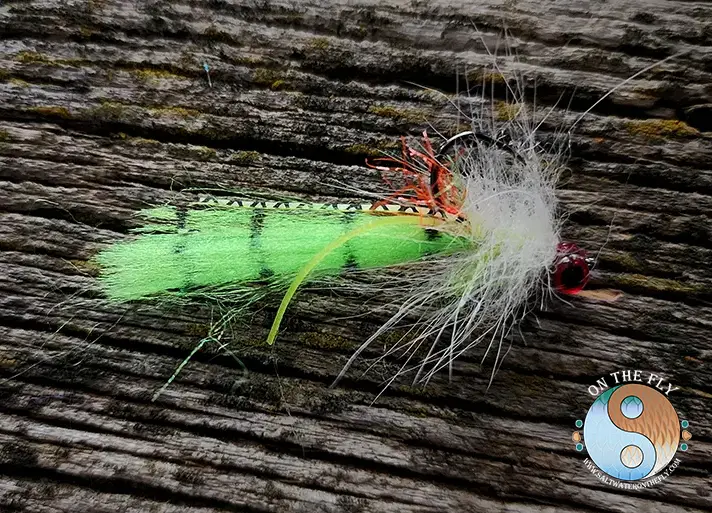
Chartreuse Crankenstein
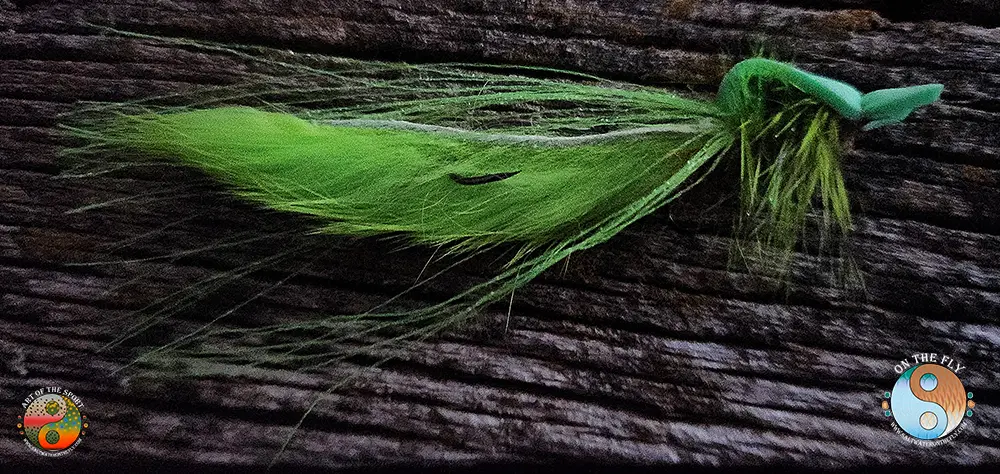
Chartreuse Gurgler-Striper Top Water Action
Crabs and Shrimp Patterns for Redfish Fly Fishing
- Evolution Shrimp Pink
- Mole Crab
- Turneffe Crab Tan
- Turneffe Crab Olive
- Rock Crab
Fly Fishing Lake Wateree for Stripers
Lake Wateree in South Carolina offers awesome fly fishing for stripers. This reservoir, part of the Santee Cooper system, holds some real monsters. But these fish are smart. They’ve seen it all. So, you’ll need to be at the top of your game to fool them. Here’s the lowdown on DIY fly fishing for stripers on Lake Wateree.
Timing is everything. Spring and fall are prime time for striper fishing on Lake Wateree. In spring, the fish are moving into shallower water to spawn. This makes them easier to target with a fly rod. Fall brings cooler temperatures. The stripers get active again, feeding heavily before winter.
Figuring out where to fish can be tricky. Look for areas where the water temperature changes. These are called thermoclines. Stripers love to hang out around these areas. Also, check out points, humps, and drop-offs. These are prime ambush spots for hungry stripers. Pay attention to the wind too. Wind can push baitfish into certain areas. This creates feeding frenzies.
What flies work best? Clouser minnows are a must-have. Chartreuse and white are good color choices. This fly imitates a baitfish. It’s a classic for a reason. Also, try some deceivers. These streamers can entice even the most stubborn stripers. And don’t forget about poppers. Topwater action can be super exciting, especially during the low-light hours.
Now, let’s talk gear. An 8-weight fly rod is a good all-around choice. But, if you’re targeting bigger fish, consider a 9 or 10-weight. You’ll want a saltwater-specific fly line. This helps with casting in windy conditions. A strong leader and tippet are essential too. Stripers are powerful fish. You don’t want to lose them because of weak gear.
Finally, a few tips for success. Vary your retrieve. Sometimes a slow, steady retrieve works best. Other times, a fast, erratic retrieve triggers a strike. Also, pay attention to bird activity. Birds diving into the water can indicate a school of stripers feeding below. And, be patient. Fly fishing for stripers can be challenging. But the reward of landing a trophy fish is worth the effort.
Scotty D’s Drum Beater Tying Instruction and How to Fish
A Great Coastal Carolina Redfish Fly
This fly is super simple to tie, but don’t let that fool you. It catches redfish and stripers like crazy. And I have always been a fan of bunny for all species of fish. This fly is one of my favorites for redfish. I use it all the time when I’m fly fishing in South Carolina. Here’s what you do:
Materials:
- Hook: Size 2-4 saltwater hook
- Thread: Red
- Eyes: Lead dumbbell eyes (size to match hook)
- Tail: Orange bucktail, about 2 inches long
- Body: Red chenille
Tying Steps:
- Start by wrapping the thread around the hook shank. This will give you a base to build upon. Start behind the eye and wrap back to just above the hook point.
- Tie in your dumbbell eyes right behind the hook eye. Make sure they’re secure because redfish are strong fighters!
- Tie in the bucktail. This will be the tail of your fly. It should extend about a hook shank’s length past the bend of the hook. This adds a lot of movement in the water.
- Wrap the chenille forward. Cover the thread wraps. Stop about a quarter-inch behind the dumbbell eyes.
- Tie off the chenille and whip finish. Add some head cement for extra durability.
Fishing the Drum Beater:
The Drum Beater is a great fly for sight fishing to redfish in the shallow marshes and creeks around Charleston and Beaufort. The bright orange tail makes it easy to see in the water. You’ll be able to tell exactly where your fly is and when a redfish eats it.
But, it also works great for blind casting around oyster bars, docks, and other structure. This fly fishes well with a slow retrieve. But, you can also try a faster retrieve when targeting stripers. A faster retrieve is great when stripers are feeding on baitfish in the coastal waters.
This fly mimics a small crab or shrimp, which redfish love. Stripers will also hit this fly. They’ll think it’s a small baitfish.
When fishing for redfish, try a slow, jerky retrieve. This will imitate a wounded crab or shrimp. For stripers, use a faster, more erratic retrieve to imitate a fleeing baitfish.
Remember to vary your retrieves. Sometimes a subtle change is all it takes to get a bite.
Fly Fish Lake Moultrie for Stripers
South Carolina’s Lake Moultrie gives you a different fly fishing experience. This isn’t saltwater fly fishing for redfish. It’s not chasing stripers along the coast. Lake Moultrie is all about landlocked striped bass. They are big and mean. This makes them fun to catch on a fly rod.
Lake Moultrie is known for its big stripers. It’s a huge lake, so finding them can be tricky. This is where a guide can really help. They know the lake and the stripers’ habits. A good guide can put you on fish fast. But if you like to DIY, it’s doable. This just takes some more work. You’ll want a boat with a fish finder to locate schools of stripers.
Once you find the stripers, you’ll need the right flies. Clouser minnows are a good choice. These mimic the baitfish stripers eat. Chartreuse and white are good colors. You can also try some bunker patterns. Don’t forget about your rod and reel! You’ll need an 8-10 weight rod with a saltwater-specific line. Even though this is freshwater, a saltwater line is better. This is because it can handle the hard-fighting stripers. A heavier tippet is also good. 12-15 lb test is about right.
When you are ready to fish, try different retrieves. A fast retrieve makes your fly look like an injured baitfish. This can draw some aggressive strikes. Or, you can use a slow retrieve. This works well when the stripers are less active. Sometimes blind casting works best. Other times, you might see the stripers rolling on the surface. This gives you a chance to sight fish. Seeing a big striper explode on your fly is a rush!
Whether you go with a guide or go DIY, fly fishing for stripers on Lake Moultrie is a blast. It’s a great way to experience South Carolina fly fishing in a whole new way.
Start the day in a fish groove with a Redfish Tarpon Mug.
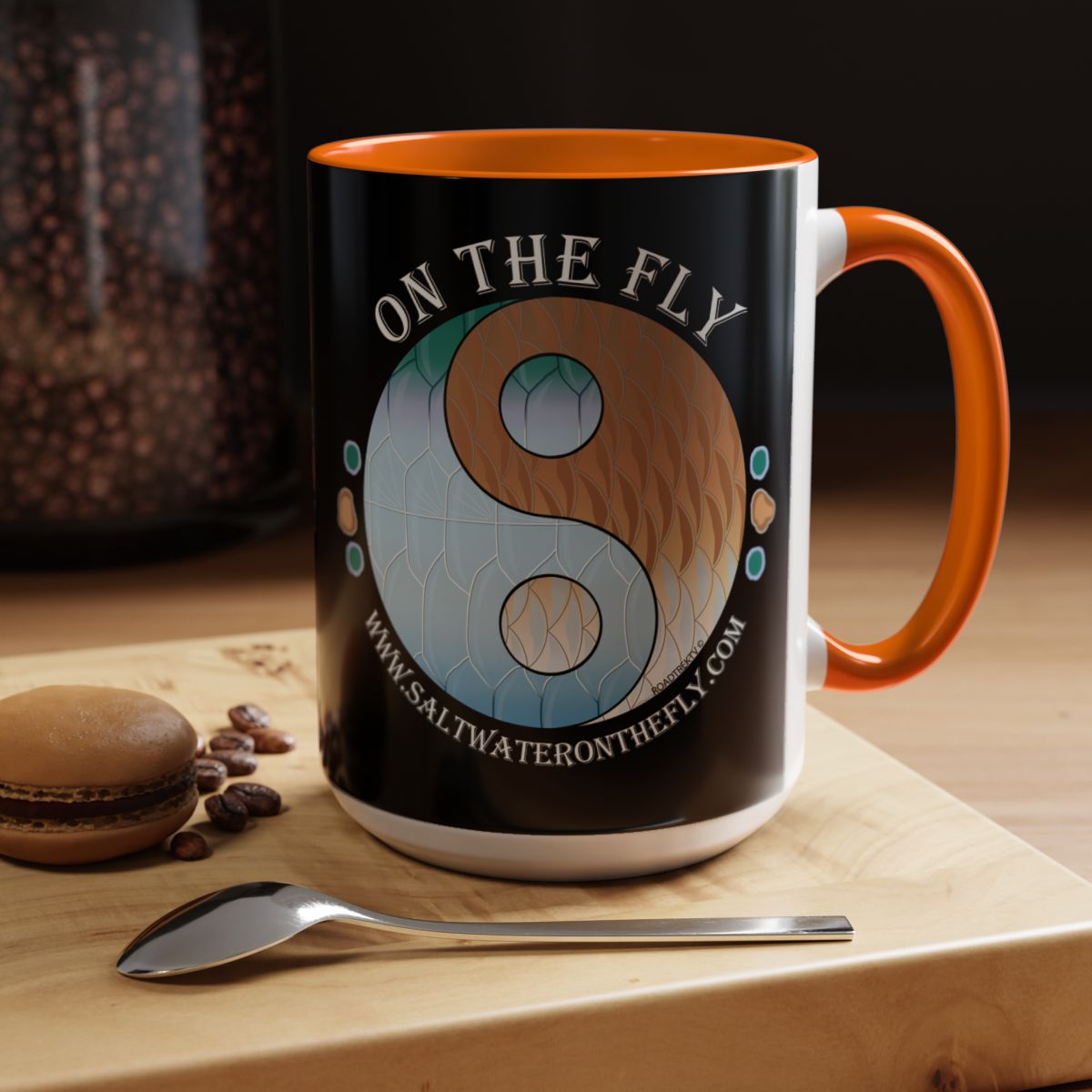
Redfish Tarpon Yin/Yang Mug, Get Your Fish Vibe Going
Charleston Chew Fly Tying Instructions
A Not Much Seen Productive Redfish Fly Pattern
Want to tie a killer Charleston Chew? This fly’s a rockstar for redfish, especially in South Carolina. It’s a twist on the classic Clouser Minnow. This bad boy gets down deep where the redfish hunt. Here’s what you’ll need:
- Hook: Size 2-4 saltwater hook
- Thread: Red or orange
- Eyes: Lead dumbbell eyes (size to match hook)
- Tail: White bucktail
- Body: Chartreuse or tan craft fur
- Flash: Pearl or silver flashabou
Alright, let’s tie this thing. First, put those dumbbell eyes on the hook shank. Next, start your thread right behind the eyes. Wrap back to the bend of the hook and back up to the eyes. This will lock your thread in place and build a base. Now, tie in a small clump of white bucktail for the tail. It shouldn’t be too long, about the same length as the hook shank. This will wiggle and attract redfish.
Now for the body. Grab some chartreuse craft fur. Tie it in right behind the eyes. Wrap forward, covering the thread wraps. Secure it tightly with a few more thread wraps. Now, add a few strands of pearl flashabou for some extra sparkle. Redfish love shiny things. Tie the flashabou in on top of the craft fur. This will help imitate a shrimp or small baitfish.
Wrap your thread forward to just behind the eye of the hook. Build a small head and whip finish. A drop of head cement will keep it all together. And there you have it, your very own Charleston Chew! This fly fishes well with a slow retrieve, bouncing it along the bottom. Redfish can’t resist it.
Tips and Techniques for DIY Success
Sight Fishing
In clear, shallow water, sight fishing is incredibly effective. Look for the telltale signs of redfish tailing in the shallows where the water rises over the grass banks, or where they gather when the tide rises over the barrier islands. Scan for stripers rolling on the water surface.
Blind Casting
When fish aren’t visible, blind cast near structure. Target areas such as oyster bars, creek mouths, and shorelines, where fish may feed or hold on finger mullet.
Retrieving Techniques
A slow retrieve will often entice redfish to bite as it mimics the movements of crabs, fiddler crabs and shrimp on the bottom, and a slow retrieve can also tempt tailing fish that are actively searching the bottom for crabs in shallow water. Remember that redfish spend much of their time in these tidal creeks and grass flats, which makes creek fishing in these areas a great choice for fly fishing anglers targeting redfish.
Use a fast retrieve, or other specialized techniques, for stripers. You want to match the movements of injured baitfish or a popping cork in the shallow water. Experiment to see what is effective on a given day in different water conditions. Consider a fly shop for recommendations to ask local fly fishermen about effective techniques.
Planning Your DIY Fly Fishing Adventure
Guides and Charters
While this guide focuses on DIY fishing redfish and stripers, consider hiring a local fishing guide or going out on some fishing charters. They offer personalized insights and significantly improve your chances of a successful fishing trip, offering a good mix between independence and guided assistance when needed. They can also be helpful with fly casting and fly tackle.
Safety and Regulations
Safety is paramount when planning your next fishing trip to South Carolina. Be sure to always bring a push pole for navigating shallow water marsh areas. It can come in very handy when trying to navigate narrow tidal creeks or when you get stuck when the water rises after the tides go out in marsh areas, especially near Hilton Head Island, and some barrier islands where marsh grass thrives and can sometimes trap your boat or obstruct the engine when attempting creek fishing.
A South Carolina saltwater fishing license is required for anglers 16 and older. Check current bag limits for red drum on the South Carolina Department of Natural Resources (SCDNR) website. Be mindful of your surroundings. Watch for alligators, respect private property, and carry all proper safety gear like a personal flotation device or PFD on board. It is generally best practice to carry basic navigation and safety gear like a push pole on board whenever going on a fishing trip
FAQs about DIY Fly Fishing for Redfish and Stripers in South Carolina
What size fly rod do I need for redfish?
An 8-wt fly rod is generally recommended for redfish in South Carolina. A 9 or 10-wt fly rod can be beneficial in windy conditions or when targeting larger red drum.
Can you fly fish for redfish?
Yes, fly fishing is a great method for catching redfish, particularly when targeting school reds, as it allows you to stealthily target these shallow water species.
Redfish, a great choice to target when fly fishing, will readily eat crabs, shrimp, and baitfish patterns. They reside in the shallow saltwater ecosystems near structures where you should be fishing redfish. The ideal time for a successful fishing trip with good luck targeting redfish on the fly is to take place within South Carolina year-round. Be sure to research what fly patterns for redfish live locally.
What is the best time of year to catch redfish in Charleston, SC?
Redfish can be caught year-round in Charleston, SC. Fall is a popular time because redfish are usually impressive sizes, offering anglers a great time while trying creek fishing.
Is there good fly fishing in South Carolina?
Yes. South Carolina offers fantastic fly fishing for redfish, stripers, and other species such as sea trout. These inshore waters and the warm season are ideal for South Carolina’s unique fisheries, especially with spinning gear. It’s not unheard of for even charter fishing to incorporate some fly tackle with other fishing equipment on occasion as well, as long as local permits and licensing allow. There are many areas to have a great time on your fishing trip to catch redfish while also respecting wildlife, such as near Hilton Head and Myrtle Beach.
Conclusion of Fly Fishing Redfish and Stripers in South Carolina
DIY fly fishing for redfish and stripers in South Carolina is an unforgettable adventure. This guide provides the knowledge to explore the state’s diverse coastal ecosystem and enjoy some surf fishing along the beautiful barrier islands. With careful planning and time on the water, you’ll have great success on your next adventure in this coastal paradise. Tight lines, Peace Out.

